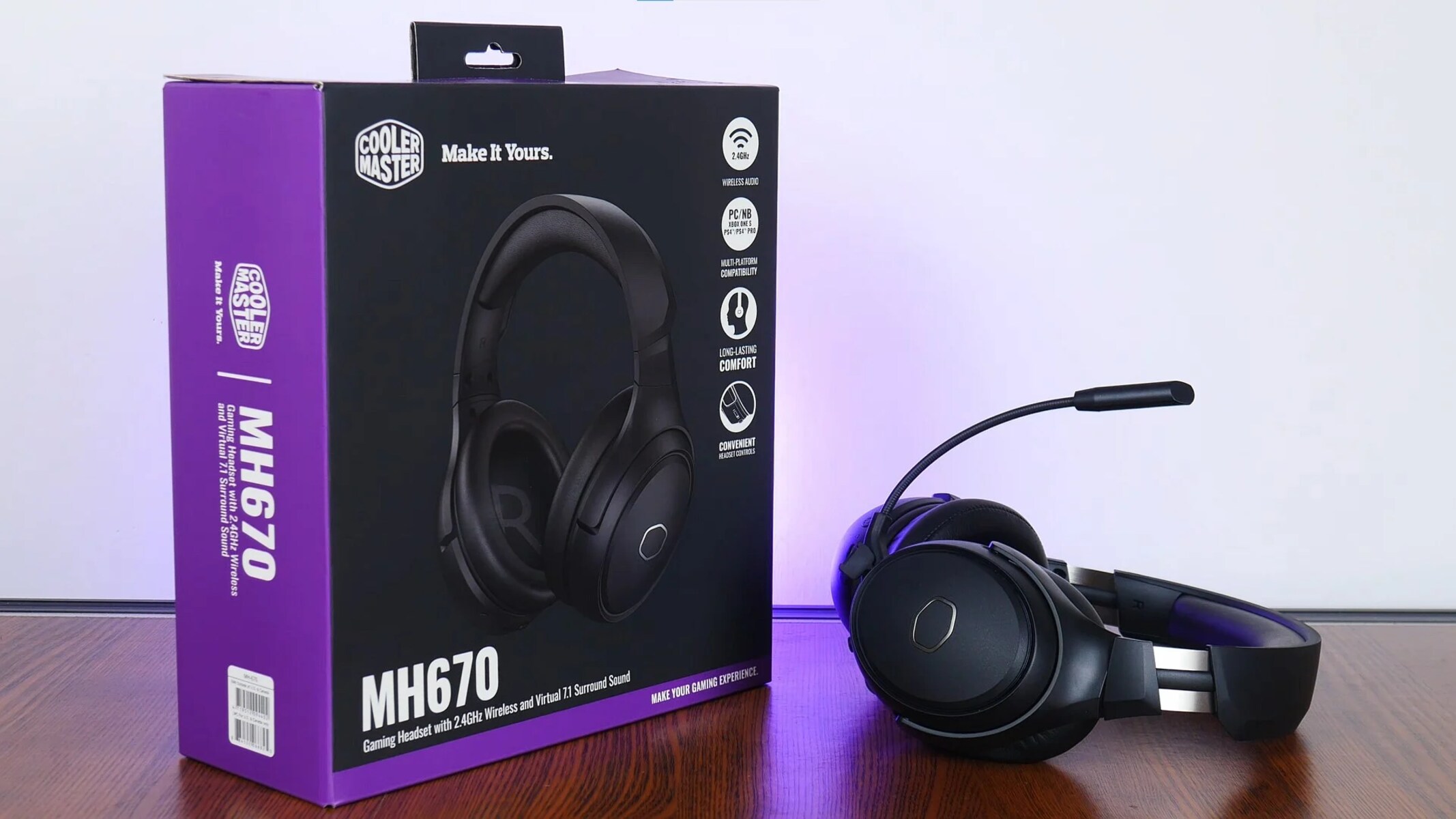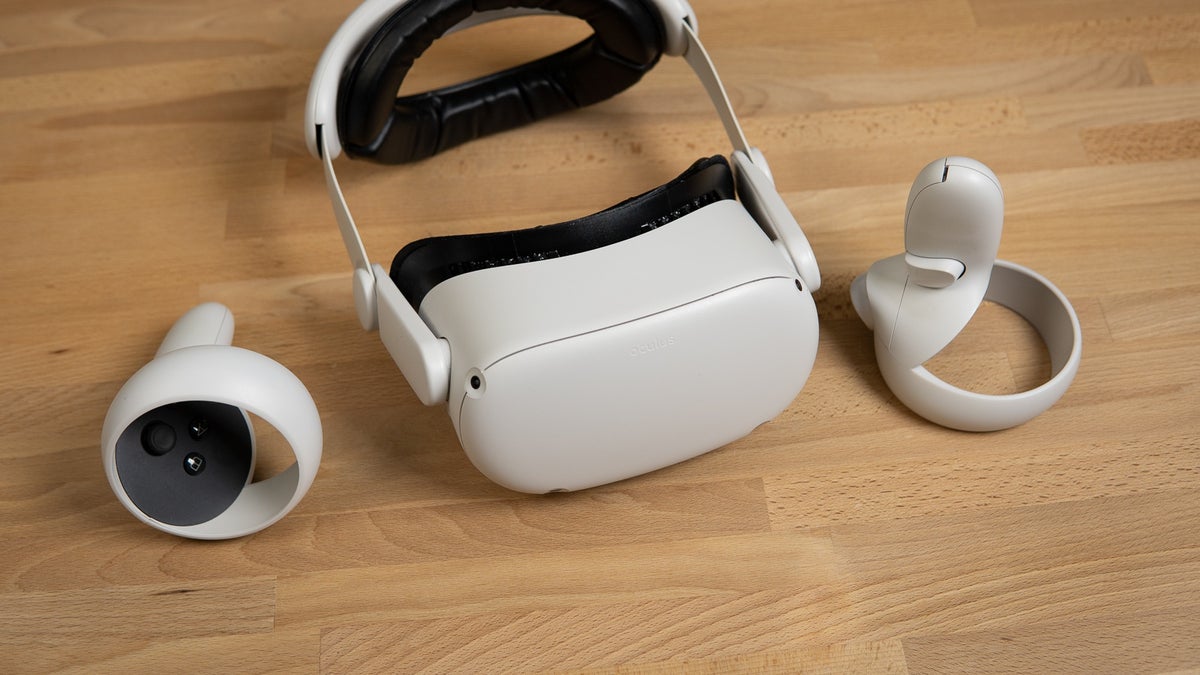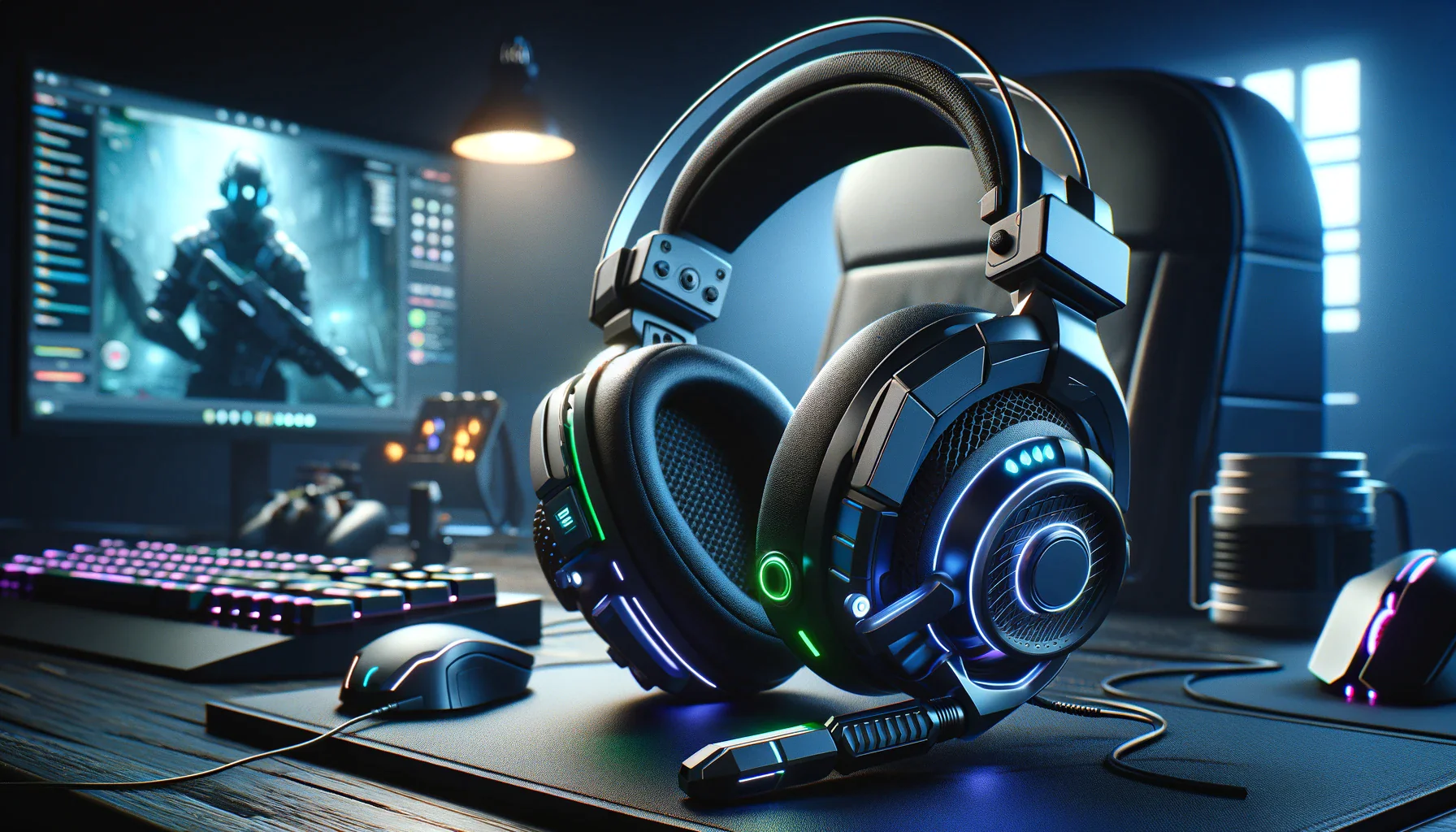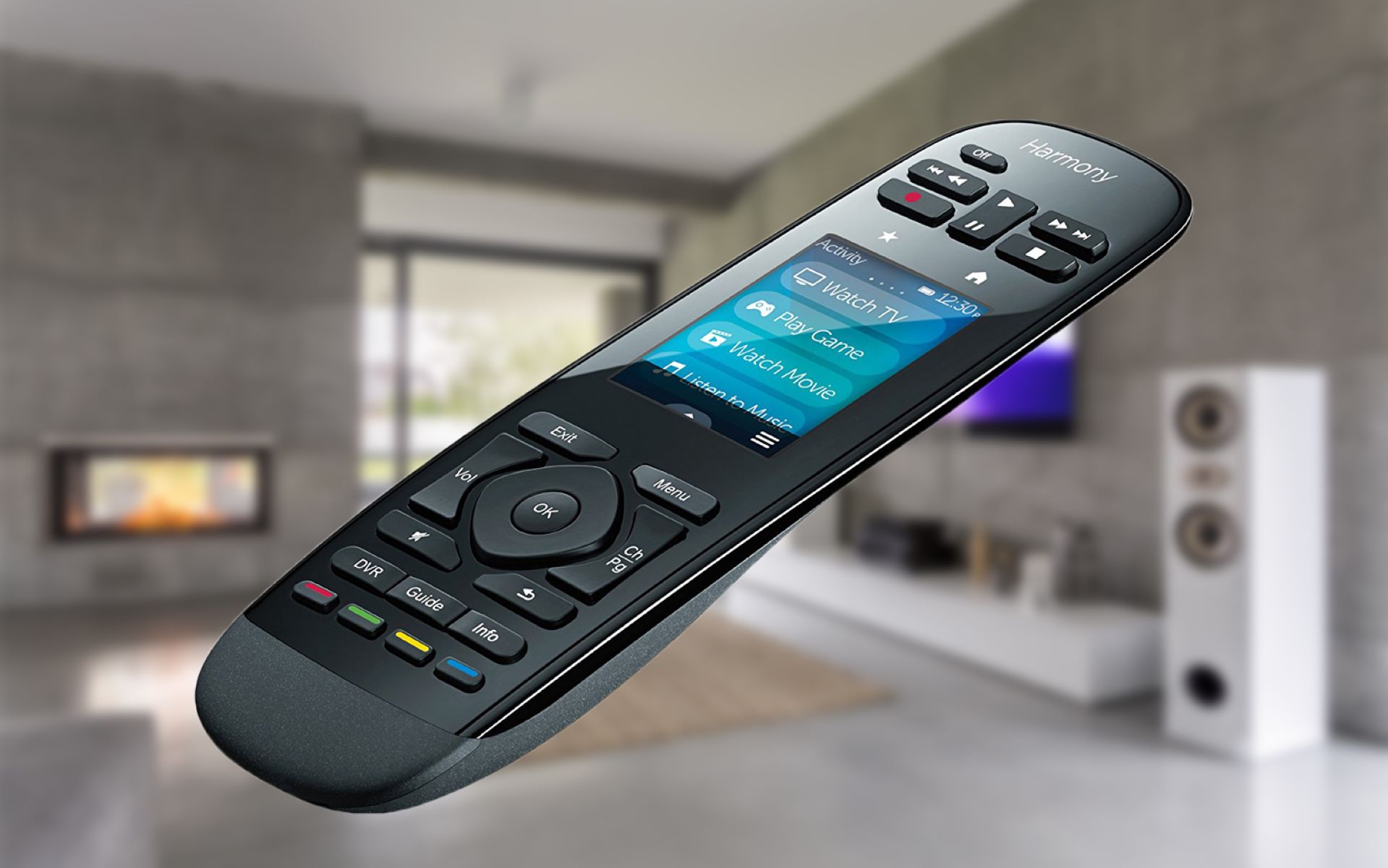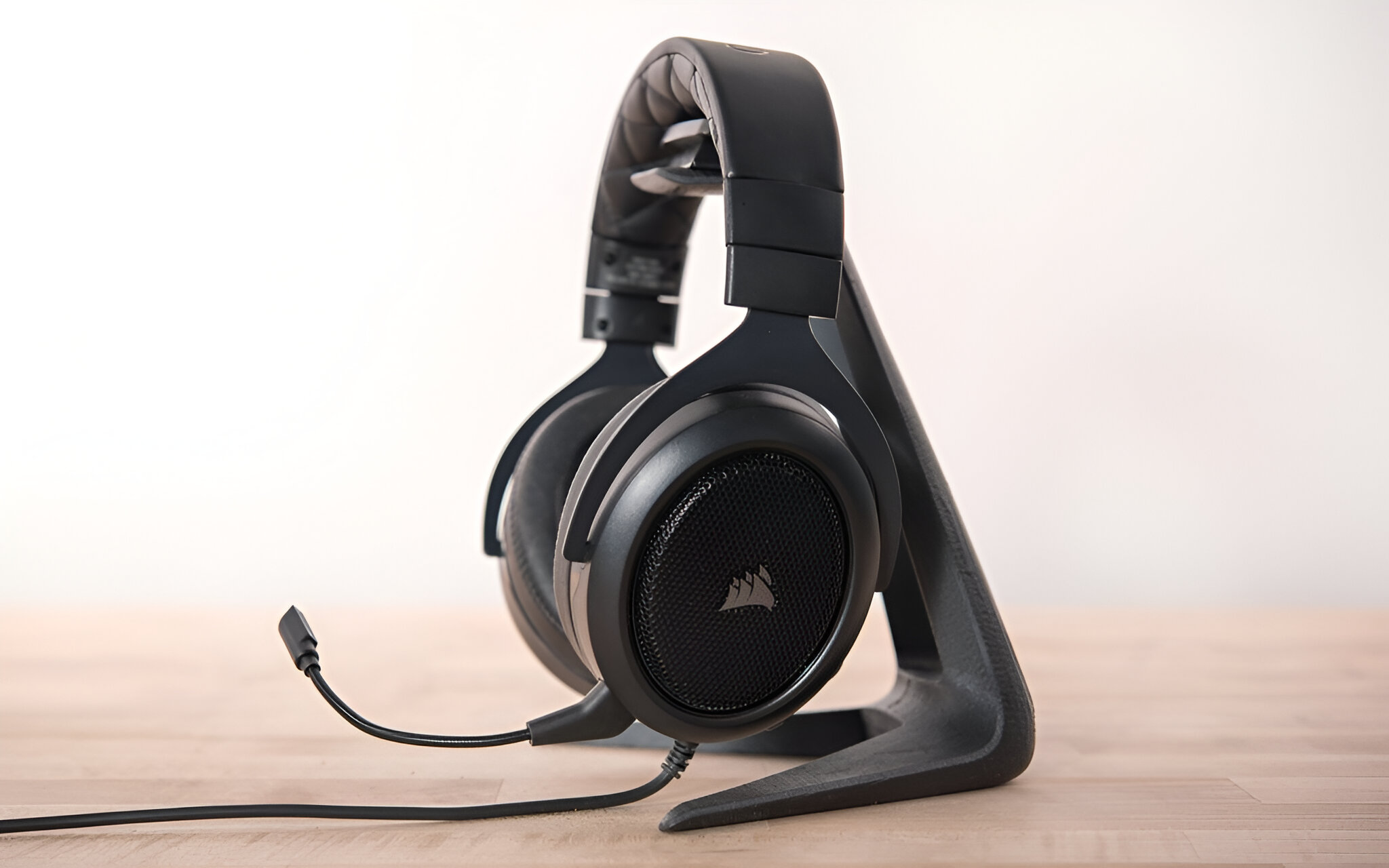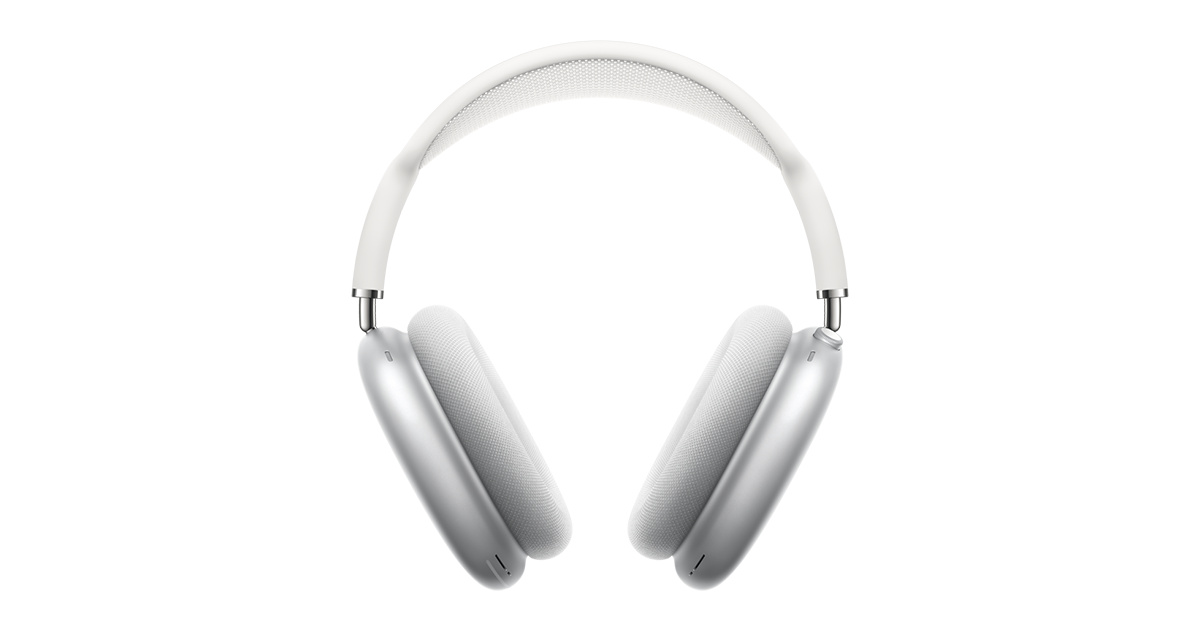Introduction
In the realm of modern computing, audio plays a pivotal role in enhancing the overall user experience. Whether it's immersing oneself in the world of gaming, enjoying a movie, or engaging in a video call, the ability to seamlessly switch between different audio output devices can significantly elevate the enjoyment and convenience of using a PC.
This article delves into the intricacies of managing audio output on a PC, specifically focusing on the harmonious coexistence of headsets and speakers. By understanding the nuances of PC audio settings and mastering the art of configuring multiple audio output devices, users can effortlessly transition between personal listening experiences and shared audio enjoyment.
Navigating the complexities of audio settings can often be a daunting task for many PC users. However, armed with the right knowledge and guidance, harnessing the full potential of audio output devices can become a seamless and gratifying experience. This article aims to demystify the process, empowering users to optimize their PC audio setup with confidence.
From setting up headsets and speakers to configuring audio output, this comprehensive guide will equip readers with the necessary insights to leverage the versatility of their PC audio system. Additionally, common troubleshooting issues will be addressed, ensuring that users are well-prepared to tackle any potential hurdles that may arise.
As we embark on this journey to unlock the true potential of PC audio harmony, it's essential to embrace the possibilities that arise from seamlessly integrating different audio output devices. By the end of this article, readers will possess a deeper understanding of PC audio settings, enabling them to curate a personalized audio experience that seamlessly transitions between the intimacy of a headset and the shared enjoyment of speakers.
Understanding PC Audio Settings
Understanding the intricacies of PC audio settings is crucial for harnessing the full potential of audio output devices. Whether it's tweaking sound preferences for gaming, multimedia consumption, or communication, a solid grasp of these settings is essential. Here's a breakdown of the key elements:
1. Audio Output Devices
- Headsets: These are personal audio devices that offer immersive sound experiences. They are equipped with a built-in microphone, making them ideal for private conversations and gaming.
- Speakers: Designed for shared audio experiences, speakers are perfect for enjoying music, movies, and group conversations. They come in various configurations, including stereo, surround sound, and soundbars, each offering unique audio experiences.
2. Sound Settings
- Playback Devices: PC audio settings allow users to designate the default playback device. This enables seamless switching between headsets and speakers based on individual preferences.
- Volume Control: Precise control over the volume of each audio output device is essential for maintaining an optimal listening experience. PC audio settings provide granular control, ensuring that sound levels can be adjusted to suit specific requirements.
3. Audio Configuration
- Sound Quality: Users can fine-tune sound quality settings to enhance audio output based on personal preferences. This includes adjusting equalizer settings, enabling spatial sound enhancements, and customizing audio profiles to suit different media types.
- Communication Devices: Configuring communication devices allows users to choose the primary input and output devices for voice calls and conferencing. This ensures that headsets with integrated microphones can seamlessly facilitate communication while maintaining a distinct audio output through speakers.
4. Default Audio Devices
- Personalization: PC audio settings empower users to personalize their default audio devices, ensuring that the system automatically switches to the preferred output device when it's connected. This seamless integration enhances user convenience and streamlines the audio experience.
By delving into the nuances of PC audio settings, users can gain a deeper appreciation for the flexibility and versatility offered by modern audio output devices. Understanding these settings paves the way for a harmonious coexistence of headsets and speakers, enabling users to effortlessly transition between personal and shared audio experiences.
Setting up Headset and Speakers
Setting up headsets and speakers to coexist harmoniously on a PC involves a series of straightforward yet crucial steps. By following these guidelines, users can seamlessly transition between personal listening experiences and shared audio enjoyment, unlocking the full potential of their audio setup.
1. Physical Connection
Headset:
When setting up a headset, begin by connecting the audio and microphone jacks to the corresponding ports on the PC. Alternatively, if the headset utilizes a USB connection, simply plug it into an available USB port.
Speakers:
For speakers, the process involves connecting the audio cable to the designated audio output port on the PC. If the speakers require an external power source, ensure that they are appropriately connected to a power outlet.
2. Bluetooth Connectivity (Optional)
For wireless headsets and speakers equipped with Bluetooth functionality, users can pair these devices with their PC for a cable-free audio experience. This involves accessing the PC's Bluetooth settings, enabling discovery mode on the headset or speakers, and establishing a secure connection.
3. Software Recognition
Once the physical connections are established, the PC should automatically recognize the newly connected headsets and speakers. In some cases, additional drivers or software may need to be installed to ensure seamless compatibility and optimal performance.
4. Default Playback Devices
Access the PC's audio settings to designate the default playback devices for both the headset and speakers. This step is crucial as it determines which device will be used for audio output by default. By setting the headset as the default playback device for personal listening and the speakers for shared audio experiences, users can effortlessly switch between the two based on their preferences.
5. Testing Audio Output
To ensure that both the headset and speakers are functioning as intended, play a sample audio file or video and verify that the sound is being emitted from the respective devices. This step allows users to confirm that the audio output is correctly routed to the designated playback devices.
By following these steps, users can establish a seamless coexistence between headsets and speakers, enabling them to curate a personalized audio experience that effortlessly transitions between private and shared listening environments. This setup empowers users to leverage the versatility of their audio devices, enhancing their overall PC audio experience.
Configuring Audio Output
Configuring audio output on a PC involves fine-tuning the settings to optimize sound quality and seamlessly transition between different audio devices. By delving into the intricacies of audio output configuration, users can curate a personalized audio experience that caters to their specific preferences and requirements.
1. Sound Quality Settings
Adjusting sound quality settings allows users to customize the audio output to suit their individual preferences. This includes modifying equalizer settings to enhance bass, treble, and overall sound balance. Additionally, PC audio settings often offer spatial sound enhancements, enabling users to create a more immersive listening environment, especially when enjoying multimedia content or gaming.
2. Audio Profiles
Customizing audio profiles based on different media types is a valuable feature offered by PC audio settings. Users can create distinct profiles tailored for music, movies, gaming, and communication, ensuring that the audio output is optimized for each specific use case. This level of customization enhances the overall audio experience, allowing for seamless transitions between various media types without compromising sound quality.
3. Spatial Sound Enhancements
Many modern PCs support spatial sound enhancements, such as Windows Sonic and Dolby Atmos, which deliver a more immersive audio experience. By configuring spatial sound settings, users can enjoy enhanced surround sound effects, creating a captivating audio environment when using compatible headsets or speakers. This feature adds depth and realism to audio output, particularly when consuming multimedia content or engaging in gaming experiences.
4. Communication Devices
Configuring communication devices within the audio settings allows users to designate the primary input and output devices for voice calls and conferencing. This ensures that headsets with integrated microphones seamlessly facilitate communication while maintaining a distinct audio output through speakers. By configuring communication devices, users can ensure that their audio setup is optimized for both personal enjoyment and productive communication.
5. Default Audio Devices
Personalizing default audio devices within the PC settings streamlines the audio experience, ensuring that the system automatically switches to the preferred output device when it's connected. This seamless integration enhances user convenience, allowing for effortless transitions between headsets and speakers based on individual preferences and usage scenarios.
By meticulously configuring audio output settings, users can unlock the full potential of their PC audio system, creating a harmonious coexistence between headsets and speakers. This level of customization empowers users to tailor their audio experience to align with their unique preferences, ultimately enhancing their overall PC usage and enjoyment.
Troubleshooting Common Issues
Navigating the realm of PC audio settings and device configurations can occasionally present users with common issues that hinder the seamless coexistence of headsets and speakers. By addressing these issues proactively, users can ensure a smooth and uninterrupted audio experience. Here are some common problems and their troubleshooting solutions:
1. Audio Playback Distortion
When experiencing distorted audio playback through either the headset or speakers, it's essential to check the audio cables and connections. Loose or damaged cables can lead to sound distortion. Additionally, adjusting the volume levels and sound quality settings within the PC's audio configuration can help mitigate distortion issues.
2. No Sound Output
If there is no sound output from either the headset or speakers, first ensure that the devices are correctly connected to the PC. Checking the default playback devices within the PC's audio settings and verifying that the volume levels are not muted or set too low can often resolve this issue.
3. Audio Playback Delay
An audio playback delay, commonly known as latency, can occur when using wireless headsets or speakers. To address this, ensure that the PC's Bluetooth drivers are up to date and that the devices are within optimal range for a stable connection. Adjusting the audio latency settings within the PC's audio configuration can also help minimize playback delays.
4. Microphone Detection Issues
For headsets with integrated microphones, detection issues may arise, preventing the microphone from functioning correctly. Check the microphone settings within the PC's audio configuration to ensure that the correct input device is selected. Additionally, inspect the headset's physical connections and consider updating the device drivers if necessary.
5. Inconsistent Audio Switching
In some cases, users may encounter difficulties with seamless audio switching between headsets and speakers. This can be addressed by reviewing the default playback device settings within the PC's audio configuration and ensuring that the devices are correctly designated for personal and shared audio experiences.
By addressing these common issues and implementing the recommended troubleshooting solutions, users can overcome potential audio disruptions and optimize the coexistence of headsets and speakers on their PC. This proactive approach ensures a seamless and gratifying audio experience, allowing users to fully leverage the versatility of their audio setup without encountering persistent technical challenges.
Conclusion
In conclusion, mastering the art of harmoniously coexisting headsets and speakers within a PC audio setup empowers users to curate a personalized and seamless audio experience. By understanding the nuances of PC audio settings, setting up headsets and speakers, configuring audio output, and addressing common troubleshooting issues, users can unlock the full potential of their audio system.
The ability to effortlessly transition between personal listening experiences and shared audio enjoyment enhances the overall user experience, whether it's for gaming, multimedia consumption, or communication. The convenience and flexibility offered by a well-optimized audio setup contribute significantly to the enjoyment and productivity of PC usage.
Furthermore, the customization options available within PC audio settings, such as sound quality adjustments, audio profiles, and spatial sound enhancements, enable users to tailor their audio experience to align with their unique preferences. This level of personalization ensures that the audio output is optimized for various media types and usage scenarios, enhancing the overall immersion and enjoyment of audio content.
By proactively addressing common audio issues and implementing the recommended troubleshooting solutions, users can mitigate potential disruptions and maintain a consistent and reliable audio experience. This proactive approach empowers users to navigate the complexities of PC audio settings with confidence, ensuring that the coexistence of headsets and speakers remains seamless and uninterrupted.
Ultimately, the seamless integration of headsets and speakers within a PC audio setup epitomizes the versatility and adaptability of modern computing. By leveraging the full potential of audio output devices, users can embrace a dynamic audio experience that effortlessly transitions between private listening and shared enjoyment, enhancing the overall quality of their PC usage.
In essence, the harmonious coexistence of headsets and speakers within a PC audio setup embodies the convergence of technology and personalization, offering users a rich and immersive audio experience that complements their diverse needs and preferences. As users continue to explore the boundless possibilities of PC audio, the seamless integration of headsets and speakers will undoubtedly remain a cornerstone of an enriching and versatile computing experience.









